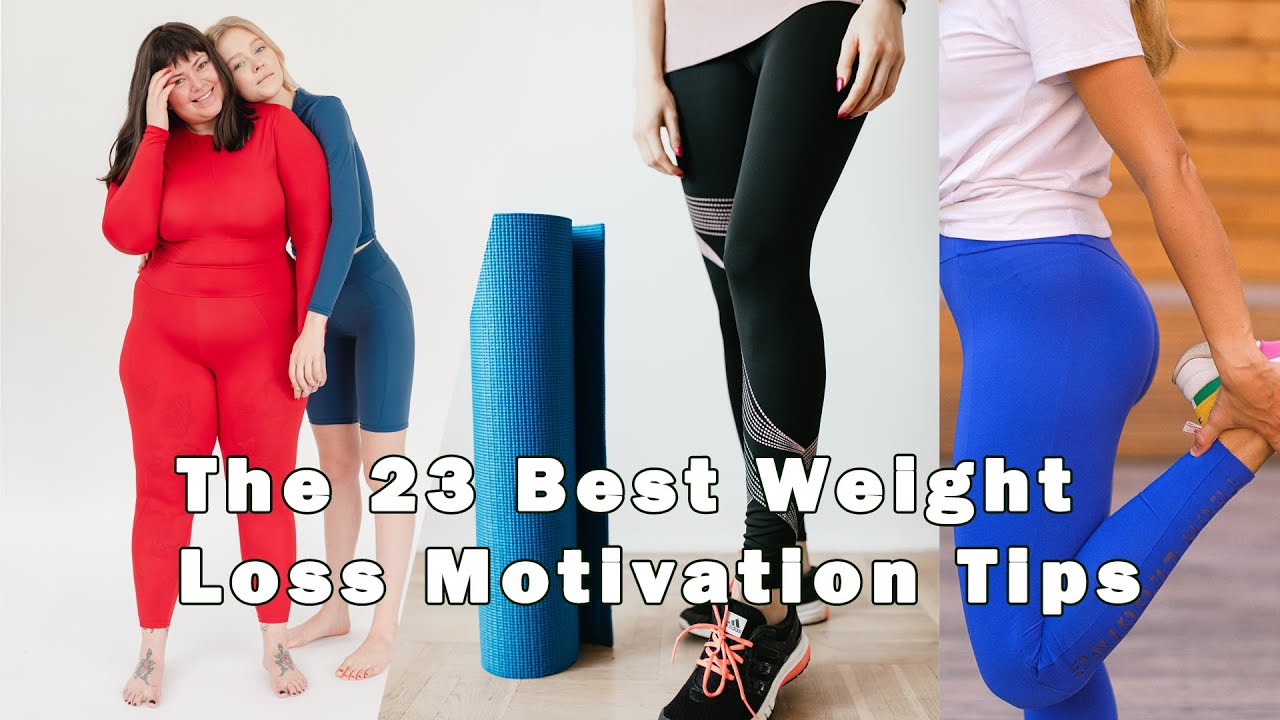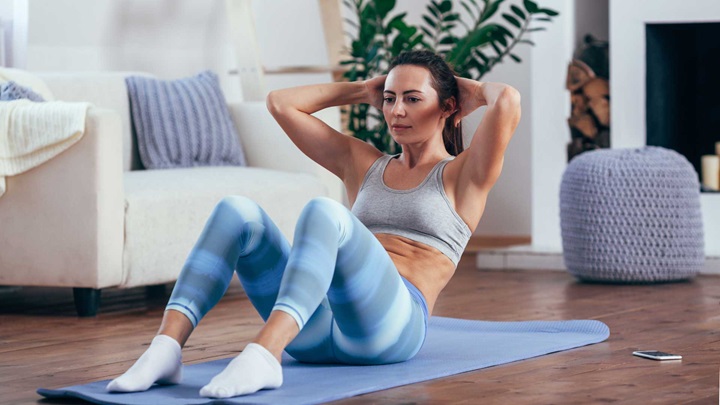
The best way to get your teen into shape is to incorporate a variety of different workouts into their daily routine. A minimum of 60 minutes per day should be spent on aerobic exercise, which is any activity that gets the heart pumping. Strength training, which builds muscle mass and boosts metabolism, is another key component to a healthy workout. Flexibility is a third key component. Teens must be able to balance their physical and mental activities.
Getting your teen moving
For their development and overall health, it is important to get your teen active with healthy exercise programs. Encourage your teen's enjoyment of exercise and make it a social activity. Ask your teen what their favorite activities are so that you can motivate them. Encourage your teen and a friend to exercise together. This will increase their motivation, and allow them to have some fun.
Making a workout plan
As a teen, you have to keep in mind several things in order to create a good workout plan. To start, ensure your child is getting enough calories to keep them going during workouts. Before you start giving your teen a sports schedule, consult a doctor or a personal trainer. Once you have a routine established, you can separate the exercises into different parts.

Perform a cardio exercise
Performing a cardio workout for teens doesn't have to be as complicated as it sounds. Teenagers can burn calories doing a variety exercises like jumping jacks. The goal is to keep the arms and legs close to the body. If the teenager is too embarrassed to try a different exercise, the routine can be performed in front of a mirror. When the routine is done properly, it can help correct leg imbalance.
Strength training exercises
Strength training exercises for teens can be fun and beneficial, but it's important for teens to follow certain safety guidelines. An excellent rule of thumb for teens is to not lift too many pounds during a workout. Excess weight can strain joints, tear ligaments, or separate growth plates. You should speak to a doctor or trainer to see if strength training is appropriate for your teen. Aside from proper exercise technique, teens should also consume a healthy diet, including plenty of fruits and vegetables.
Jumping rope
You'll find jumping rope a fun and effective way to train your teenager, no matter if they like boxing or gymnastics. Jumping rope's main benefits are its cardiovascular and strength-building advantages. Jumping rope builds explosive power which is a vital trait in sprinting. It will also tone your body and burn calories. This simple exercise helps to increase muscle mass in the abdominal region, thighs and calves.

Dancing
Dance is a good form of aerobic exercise, but it offers other benefits as well. The practice of dance can help teens improve their mental, and physical health. It helps teens deal with peer pressure, as well as other challenges in their lives. It improves their self-esteem, confidence, and self-confidence. The dance classes teach teens a range of life skills. They have the opportunity to meet new friends and make new connections.
FAQ
How to Build Muscles Fast
It is important to eat healthy food and lift weights frequently in order to quickly build muscle.
The best time to work out is early morning when you are fresh and ready for action!
It is a good idea to do exercises like push-ups (pushes), bench presses (squats), and so on.
Consider trying different weight training programs and drinking plenty of water throughout each day.
How many calories per day should I consume?
It varies from one person to another. On average, 2000 to 2500 calories are consumed per day. It's important to assess your life style, gender, age and height in order to determine how much calories you need.
What's a good workout routine for daily?
Regular exercise is key to staying healthy. It doesn't make a difference what kind of activity you choose. As long as you do it often, it will be beneficial. Consistency is key. You must be consistent if you are to see results.
Start by doing small amounts of daily physical activity (like walking). Gradually increase your exercise time until you are able to spend 30 minutes per day. You can choose to run, swim, weight train, do yoga or take aerobics classes.
It is important to exercise every day of the week. If you have a reason to miss a session, don't skim it.
Make sure to wear appropriate clothing and footwear for outdoor exercise. Weather conditions can also affect your ability and safety to exercise.
When exercising, ensure you drink lots of water. Avoid drinking alcohol during this time because it can cause dehydration. Also, avoid caffeinated drinks such as coffee, tea, and cola. They can give you energy, but will also dehydrate.
It's common to feel tired after your first workout. But if your workouts are continued, you will feel more energetic.
Which exercise is best for men
The answer to your question depends on the type of information you seek. Cardio workouts can help you lose weight faster than strength training.
If you want to just build muscle mass, strength training is better as it increases lean body weight.
Both types are good for improving your overall health.
If you're looking for a quick way to get fit, I recommend HIIT/sprint interval training. This type is great for burning fat fast by increasing metabolism. It also boosts your endurance to continue training even when you feel tired.
Which workout is best to build muscle?
There are two main things you must do when building muscle mass. These include isolation exercises and compound movements. While isolation exercises focus on specific muscles, compound moves target multiple muscle groups simultaneously.
You can improve your workouts by choosing exercises that challenge all major muscle groups. This ensures that each session is challenging.
MyFitnessPal can help you keep track of your activity. It allows you log everything, including calories burned and weight lifted. You can also create custom meal plans based on your goals.
What is the best 7-day workout program?
A seven-day exercise plan should include cardiovascular training (running/biking/swimming), strength exercises (using weight machines, free weights) and one flexibility/core program (yoga or Pilates). Each activity should be performed at least once each week. Each session should not take more than 45 mins.
Cardiovascular Exercise: Running/Biking/Swimming
The goal is to get in at least 60 minutes of cardio activities per week. For best results, aim for 75 minutes per week. Cardio exercises can help improve blood flow and stimulate muscle growth.
Strength Training
Cardio exercises target your heart and lungs. Strengthening your muscles and bones is the opposite. Strength training increases lean muscle mass and helps to burn calories even at rest.
Flexibility and core workouts
Core and flexibility exercises are great ways of strengthening your whole body. Both yoga as well as Pilates are great choices.
Statistics
- Are You One of the 20% of Guys (mh.co.za)
- Candidates and applicants must pass all four tests at 70% (minimum level) to graduate from Basic Deputy U.S. Marshal (BDUSM) Training. (usmarshals.gov)
- Cardmembers earn 5% Back at Amazon.com with a Prime Credit Card. (amazon.com)
- 10 pounds in a month is likely during a lean bulking phase, especially for beginners. (muscleandstrength.com)
- By John Thompson Take a whopping 38% off a set of PowerBlock Pros. (menshealth.com)
External Links
How To
How do I lose fat by exercising?
Exercise helps you lose calories by increasing your metabolism and oxygen intake.
You'll lose weight safely if you exercise at moderate intensity.
These are some tips to help you lose fat while working out:
-
Cardio exercises like walking, running (or jogging), swimming, cycling, running, and/or elliptical training are all good options.
-
For 30 minutes, do it three times a week.
-
Strength training is a great way to lose weight.
-
Avoid intense exercise. It is possible to build muscle without destroying muscle tissue.
-
When exercising, make sure to drink lots of water. Water helps flush out toxins and keep your body properly hydrated.
-
After working out, make sure to drink low-fat proteins shakes. Protein shakes help repair muscles and boosts energy.
-
Eat smaller meals throughout the day, so you don't feel hungry between meals.
-
Don't skip breakfast! Skipping breakfast can lead to fatigue and sluggishness.
-
Take care to your mental well-being. Stressful situations can slow down metabolism.
-
Keep a positive attitude. Studies show that overweight people are more likely to be obese than those who perceive themselves as attractive.
-
Get enough sleep. Insufficient sleep can make it more difficult to lose weight.
-
Stay active. Keep moving every hour.
-
Maintain a healthy diet. Healthy eating will keep you fuller and more satisfied for longer.
-
Relaxation is possible by finding ways to relax. A tense mind doesn't allow your body to release stress hormones that break down muscle tissue.
A balanced diet includes all essential nutrients needed for growth and development.
Eat six small meals each day instead of three large ones. This gives your body the time it needs to process what you've eat.
You need about 500 milligrams of calcium daily to maintain strong bones. Calcium is available in dairy products like milk, yogurt, fortified soy beverages, orange juice, cereal, bread, and cereals.
Calcium is found in leafy vegetables, beans and tofu, as well nuts, seeds and cheese.
Vitamin D is required by the body to absorb calcium. It's found in fatty fish, egg yolk, and some fortified foods.
Vitamin E is essential for skin health. Vitamin E is found in vegetable oils and wheat germ oil, as well as peanuts, almonds and sunflower seeds.
Your body needs zinc to maintain normal immune function and heal wounds. Zinc is found in seafood, oysters legumes meats, whole grains, whole grains and meats.
Zinc deficiency can cause fatigue and loss of appetite. It can also lead to depression and impaired immunity.
Consuming too much sugar can cause insulin resistance. This causes an increase in blood glucose levels. Insulin resistance leads directly to weight gain.
Insulin resistance is caused by high blood levels of free-radicals. Free radicals refer to molecules that contain unpaired electrons. They can damage cell membranes and other body parts.
The most common sources of free radicals include food additives.
Free radical damage can cause cancer, heart disease and diabetes, as well as arthritis, asthma, and other diseases.
Eating a well-balanced diet with antioxidants is the best way to prevent free radical damage. Antioxidants protect against oxidative damage.
Vitamin C, beta carotene (found within citrus fruits, carrots, sweet potatoes and spinach), Vitamin E (found inside nuts, olive oils, avocados and eggs), and Vitamin C (found among mangoes.
Selenium, manganese (and zinc) are other antioxidant nutrients.
Selenium is known to protect cells from the oxidative damage that free radicals can cause. Selenium can be found in Brazil nuts and liver, kidneys, liver, kidneys, shrimp, cod, turkey and lamb as well as chicken.
Copper protects the eyes, brain, lungs, liver, and red blood cells. Copper can be found in shellfish and poultry as well as meat and organ meats.
Manganese plays an important role in bone structure. Manganese can be found in brown rice and spinach as well as bananas, prunes raisins, oatmeal, lentils, and oatmeal.
Zinc helps with normal growth, reproduction, as well as wound healing. Zn can be found in lean cuts, white fish, poultry, eggs, and other foods.